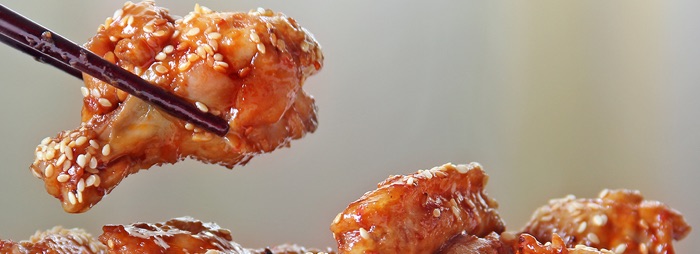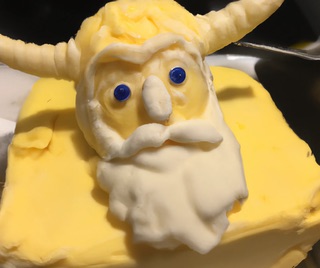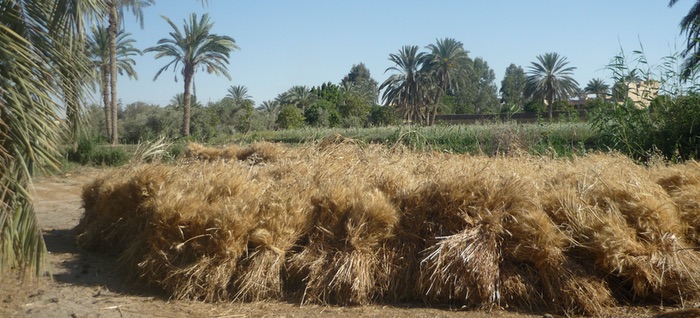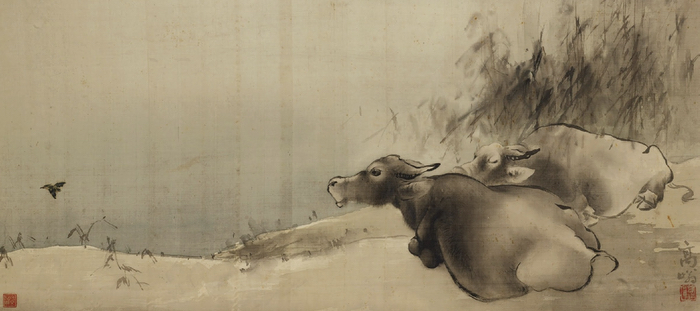
Podcast: Play in new window | Download (Duration: 25:42 — 23.6MB)
Subscribe: Google Podcasts | Spotify | Android | RSS | More
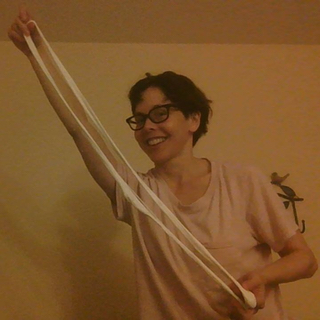
Notes
- Miranda Brown is @Dong_Muda on Twitter. She wrote about Making Mr. Song’s Cheeses and in more detail about the cheeses and dairy in an article in Gastronomica which may be behind a paywall. She also has a recipe for cheese wontons.
- Her colleague, Alice Yao, recorded an interview on The problematic history of lactase persistence research but her host, the Human Biology Association, doesn’t really get podcasting.
- Here is the transcript.
- Banner image from Two Water Buffaloes by Gao Qifeng (1889–1933), from the Chinese University of Hong Kong.

